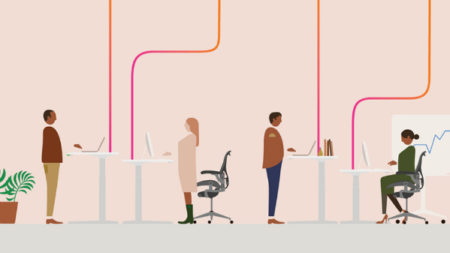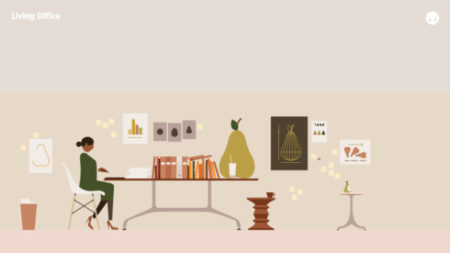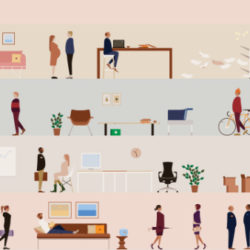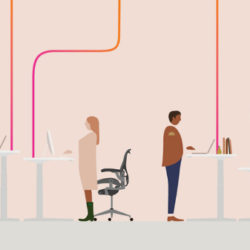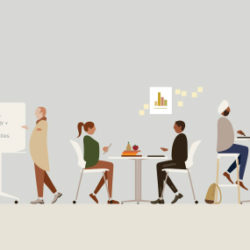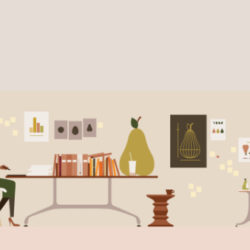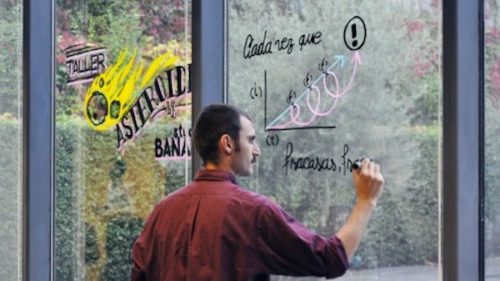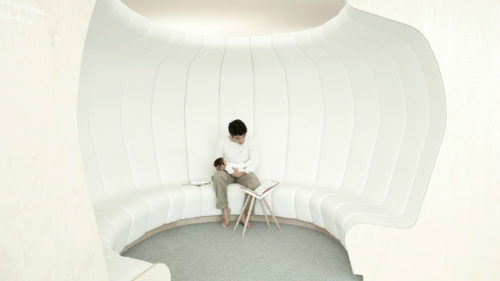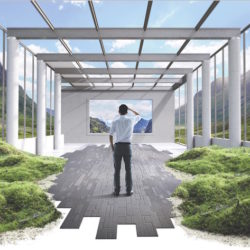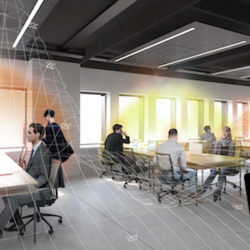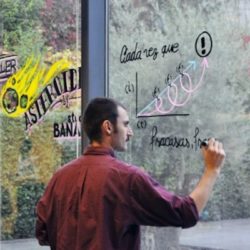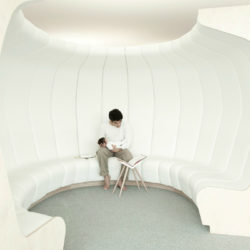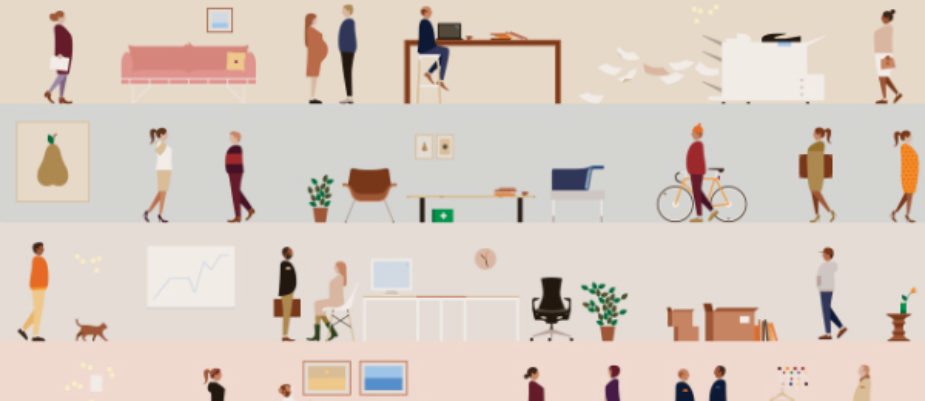
A self-learning space, open-designed for the future needs, based on the individual experience and wellbeing. This is the way of designing that was debated at the forum Worktech 2017, among leader companies as Herman Miller and Interface and architecture firms like Carlo Ratti Associati, Zaha Hadid Architects and Studio Banana.
The office must follow the life that takes place in it. That’s the core of the Herman Miller’s seven provocations, seven statements thought to guide the discussion between designers and companies, and based on the last company’s research “Living Office”, presented at Worktech17, one of the worldwide most important forum dedicated to real estate, technology and innovation. The study has involved anthropologists, psychologists and designers in a new holistic approach to the workplace, aiming to define the facts we need to understand when we think about today’s ways of working.
One of these provocations states: “we feel before we think”. The environment has a great impact on us, therefore it is the main feature we have to take care of. It must be a living environment, where communication takes constantly place (quoting a provocation, “you + me = 3”) in a “wonderful mess” that facilitate creativity and innovation.
Ulrich Blum, from Zaha Hadid Architects, has given a really good insight during his speech “The self-learning workplace”, describing a way of designing that starts from the use of IoT and sensors to collect data about the habits of every employee. “We have to think about the office as a “living network” Blum said. The data are divided in different parameters as distance, visibility and lighting, in order to give to designers the right knowledges to create a space that fits with the needs of every single person living in the workplace, optimizing the desk arrangement, the communication, the use of working time and the disposition of different environments. Furthermore, datas give the opportunity, using the generated algorithms, for creating more effective team works and arrange them in an ideal workplace. “The idea is to enhance the hierarchy of the office as it really is, and not as it is in the boss’s mind. We have to join furniture and artificial intelligence in order to increase the flexibility the furniture can give us”, Blum concludes.
As we can already see, technology is crucial in nowadays office, even though, quoting another provocation, “we have to forget about it”, meaning it has to be like a comfortable shoe: we have to perfectly walk in it, without feeling anything. As Marco Maria Pedrazzo, by Carlo Ratti Associates, said, exposing the firm’s research about the “technological management of the workplace”, “technology has to create a resilient environment. We have to change our perspective: it is the environment that has to adapt to us, not us to the environment. We have to design as we are designing 20 years ahead, and the only way to do that is making experiments, trying prototypes and see how people react to them“.
Even though it seems in contrast with Herman Miller’s provocation “The next thing isn’t for you”, it isn’t, because innovation must be based on the company’s culture, and design must fit with the actual ways of working and corporate policy of each situation, but at the same time it has to be open-designed, giving the chance of being reinvented in the future, following the evolution of the company itself and of the times.
Something too ahead, in fact, can scare people, while innovation has to generate engagement, fulfilment and happiness.
Key Portilla, from Studio Banana, suggested some interesting approach, like co-design sessions, where managers and employee are an active part in the workplace’s construction or restyling, or university-campus-like offices, based on a different environment that supports different states of mind and activity.
Finally, even in a new tech-workspace, nature can be the secret of a happy and stress-free office. Oliver Heath, from Interface, has talked about “biophilic design“, meaning the need to recreate the “sense of nature“, enhancing the presence of real natural elements, like light, plants and water, or a reference to them, using colors, patterns and materials that help to recreate visually and emotionally the feeling of really being in a natural environment.
Report by Mario Colombo (Herman Miller), editing by Gabriele Masi.

